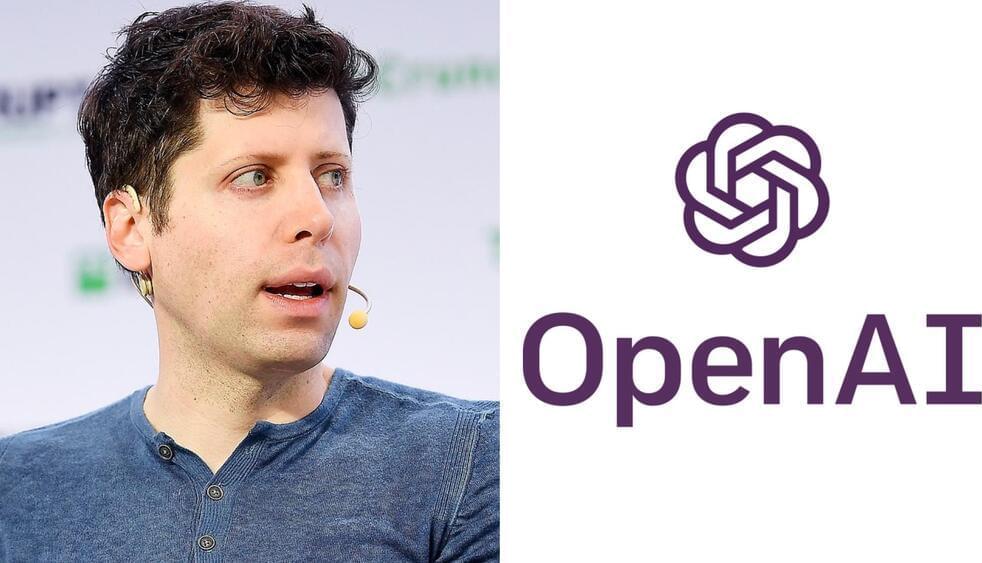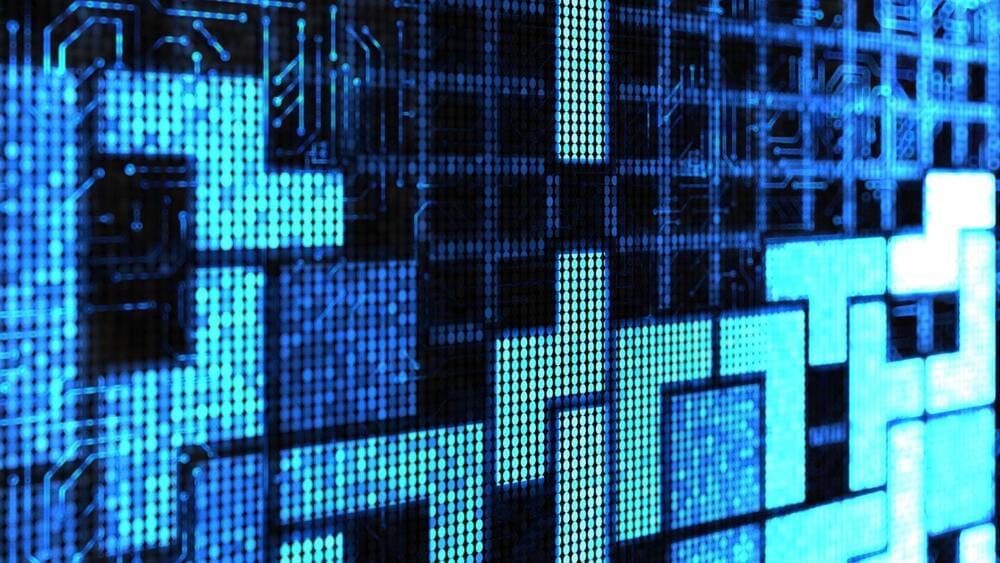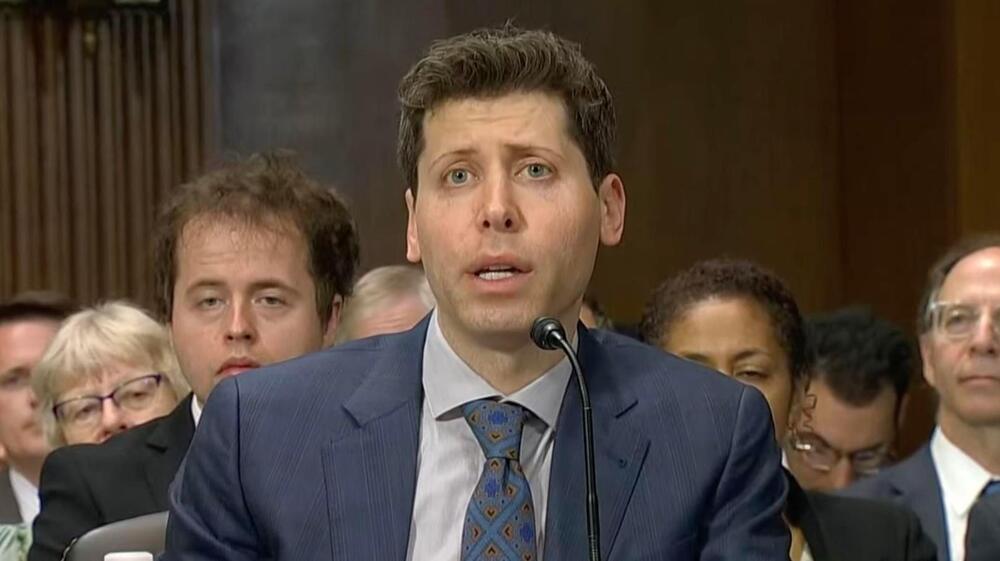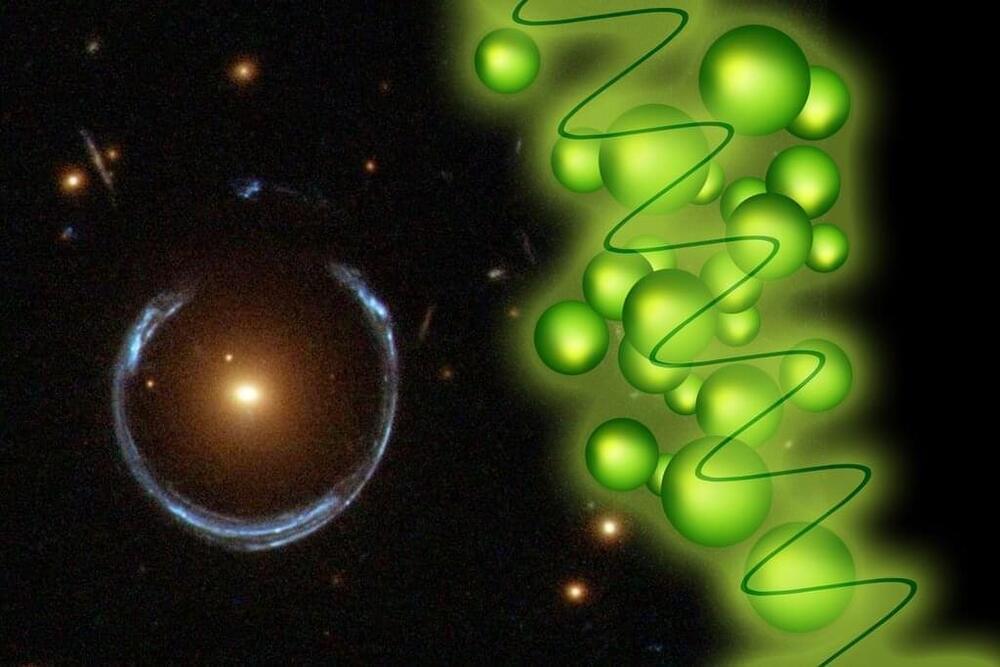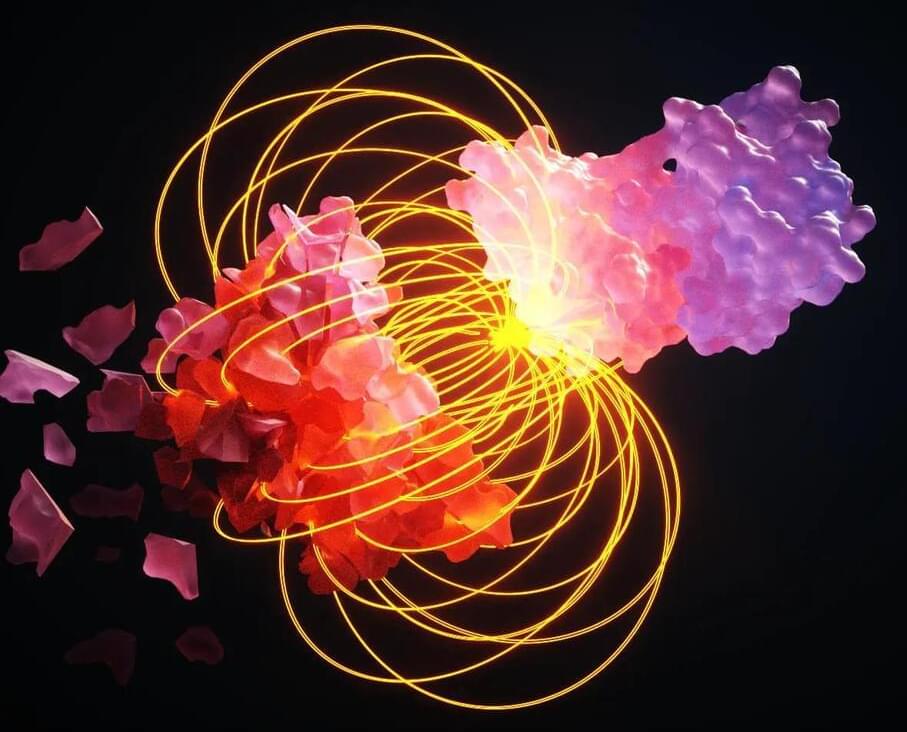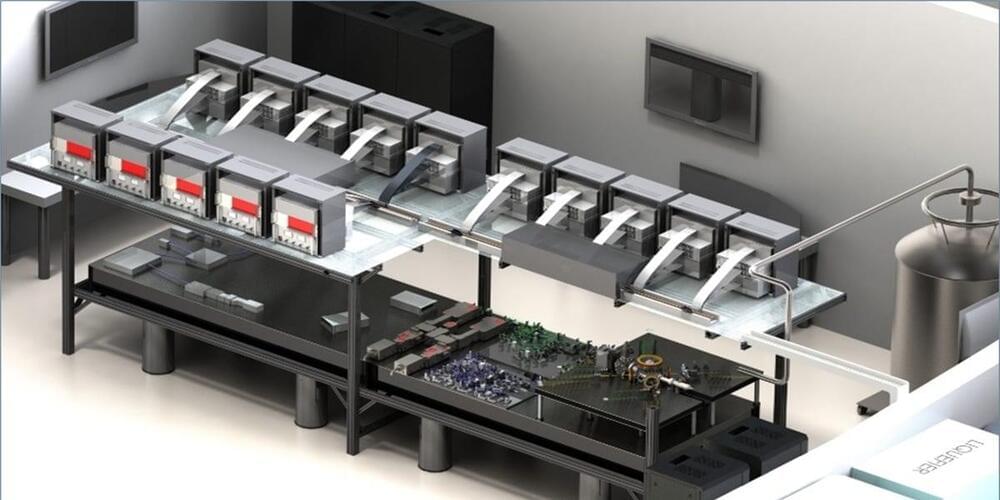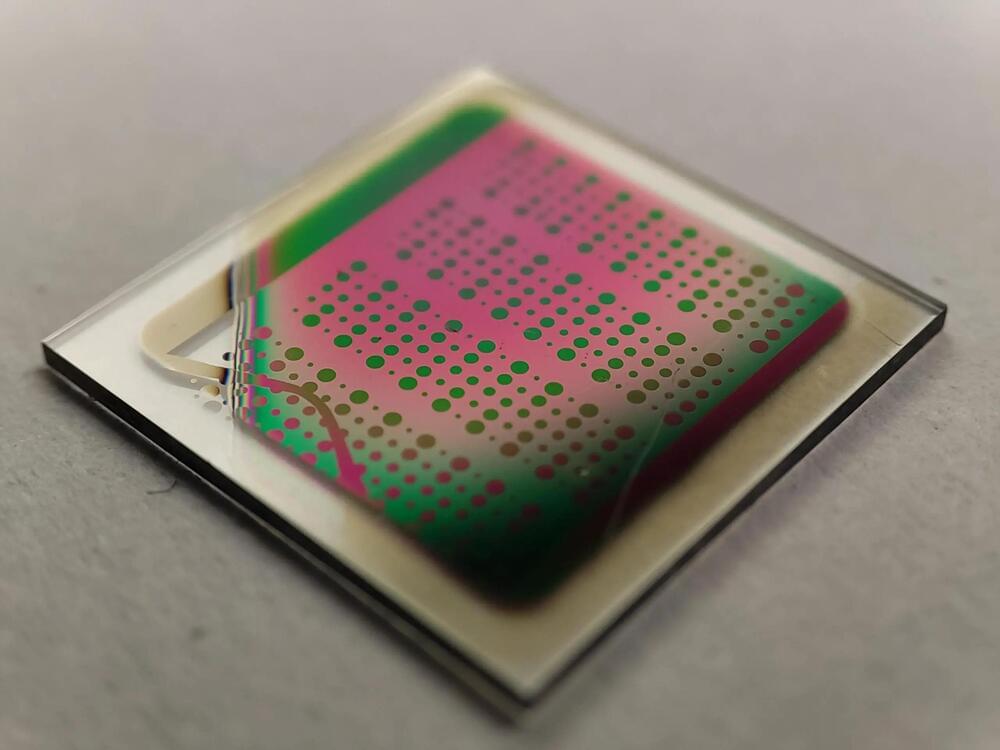In a wide-ranging and historic congressional hearing Tuesday, the creator of the world’s most powerful artificial intelligence called on the government to regulate his industry.
“There should be limits on what a deployed model is capable of and then what it actually does,” declared Sam Altman, CEO and cofounder of OpenAI, referring to the underlying AI which powers such products as ChatGPT.
He called on Congress to establish a new agency to license large-scale AI efforts, create safety standards, and carry out independent audits to ensure compliance with safety thresholds.
The hearing, run by Sen.
The hearings marked a significant step towards comprehensive understanding and governance of the AI landscape as AI continues to evolve and become an increasingly integral part of our lives. But they also highlighted the lack of understanding, even by AI researchers themselves, about how the most powerful generative systems do what they do.
“We need to know more about how the models work,” said Marcus.
